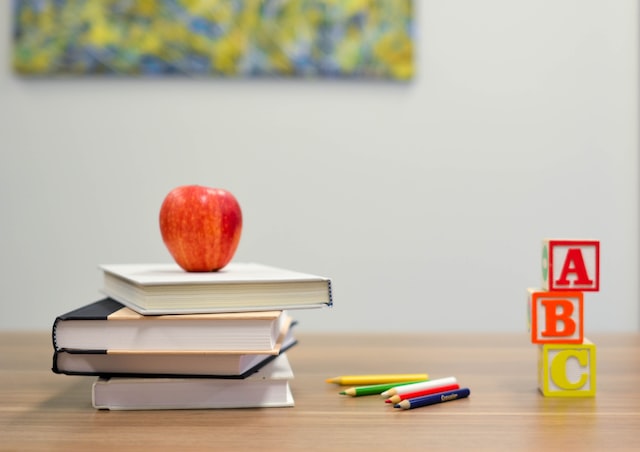Brain gymnastics for children is ideal for alternating static activities with the development of both cerebral hemispheres through language skills, mathematical calculation, and symbolic thinking.
Brain gymnastics include training exercises to prepare the body and mind to learn, help in releasing stress, and charge up the brain.
These exercises can be tried at an ease at home. In addition to being practical, they are fun for your children.
The essence of this technique is to engage the brain through body commands that stimulate it. The great advantage of brain gymnastics for children is that it can be practiced by people of all ages.
If you ever need to focus your attention on an activity, do one of these exercises suggested by Aark Learnings before you start.
Draw number 8
Have your child draw the number 8 repeatedly using their fingers.That is to say, by making the figure in the air. You can also give her a piece of paper and show her how to draw it.
What is important in this exercise is to use the non-dominant hand. In this way, the creative hemisphere of the brain is stimulated. In addition, the muscles of the hands are activated.
Cross Crawl
This helps eliminate excess energy, which is ideal before starting an activity that requires concentration. In this simple exercise, both cerebral hemispheres are activated and working together.
The only thing the child should do is stand up and, with the right elbow, touch the left knee. Then we do the reverse. That is to say, with the left elbow, we touch the right knee. Movements should be alternated several times.
Double Doodling
It is a bilateral drawing activity in which your child has to draw a figure simultaneously with both hands. With this activity, written language skills, mathematical calculation, and symbolic thinking are developed.
This exercise is recommended before you start doing complex tasks.
Drawing the circle and the square
This exercise consists of the child drawing a triangle with the right hand. This can be done in the air or on paper. On the same surface and at the same time, he will have to draw a circle with his left hand.
The movements must be repeated until both hands manage to trace the figure independently. It is a dissociation exercise that helps stimulate the brain.
Touch and Circles
Here is another activity to stimulate both halves of the brain. Tell him to put a hand on the abdomen and make circular movements.This movement is combined with patting the head with the other hand.
In this way, you will make the brain reach an ideal state for learning.He will therefore be able to assimilate new information.
Fingers and indexes
First, with a clenched right fist, the child should raise his little finger. At the same time, with his left fist closed, he will raise his index finger. Then, when you indicate to him, he will have to reverse the movements. With the right hand, the index finger, with the left, the little finger.
This activity helps to improve concentration and develop fine motor skills.
Exercises with the neck
Breathe deeply. Invite the child to relax their shoulders and lower their head and eyes closed. Then he should start moving his head from side to side and making small circles.
Throughout the exercise, it is essential to breathe deeply. With these movements, it is also possible to improve breathing. This gives adequate oxygen to the brain.
Other important activities
Sports- In addition to oxygenating the brain, sports help to establish skills necessary for thinking and problem-solving. When we also know that it helps us develop team spirit, rhythm, and flexibility, it becomes obvious that it is an activity that should have a place of choice in our children’s lives.
Eat well-For the brain to function well, it needs hydration, vitamins, minerals, and healthy fats. It’s good for your health, for your memory, and eating well brings pleasure, which provides neurotransmitters that also help you concentrate. Taking the time to enjoy a good meal is therefore very useful for the brain.
Sleep- You may think that sleep is a waste of time, but sleeping helps the brain a lot to memorize information already acquired. In addition, sleep helps cleanse the brain of toxins. These are excellent reasons for allowing the family to sleep longer.
Conclusion
You can create a routine of 5 or 10 minutes a day. In it, combine the above exercises and perform them before school. In this way, you will prepare your children to effectively process all the information they will receive during the day.
Through these exercises, basic skills have already started to develop in children from an early age. Among them are coordination, balance, and gross and fine motor skills—also, as concentration and visual perception. Before doing homework, practice these activities so that children get better results.


